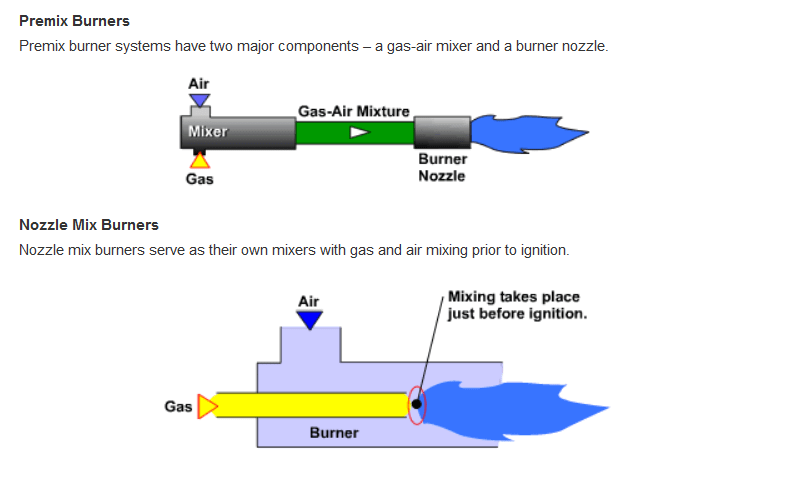Pavan Kumar
Chemical
- Aug 27, 2019
- 400
Dear Friends,
I would like to understand the hazards in over sizing a Rupture disk. I have to size a Rupture disk for a few scenarios. The most conservative case is that of an internal explosion which results in 12" size for the rupture disk. For failure of regulator case the ruptures disk required is 8". The reason for the 12" size for the internal explosion is more because of the higher relieving temperature ( 3500 Deg C) as opposed to 580 Deg C for Failure of regulator scenario.
If I select the 12" size then the Rupture disk is over sized for the Failure of regulator scenario which is more feasible than the Internal explosion scenario. If select 8" size then it is undersized for the Internal explosion scenario which though is quite unlikely.
I would like to understand the hazards if any of using the 12" size as it covers for both regulator failure scenario and the internal explosion scenario. The set pressure is 34 psig.
Thanks and Regards,
Pavan Kumar
I would like to understand the hazards in over sizing a Rupture disk. I have to size a Rupture disk for a few scenarios. The most conservative case is that of an internal explosion which results in 12" size for the rupture disk. For failure of regulator case the ruptures disk required is 8". The reason for the 12" size for the internal explosion is more because of the higher relieving temperature ( 3500 Deg C) as opposed to 580 Deg C for Failure of regulator scenario.
If I select the 12" size then the Rupture disk is over sized for the Failure of regulator scenario which is more feasible than the Internal explosion scenario. If select 8" size then it is undersized for the Internal explosion scenario which though is quite unlikely.
I would like to understand the hazards if any of using the 12" size as it covers for both regulator failure scenario and the internal explosion scenario. The set pressure is 34 psig.
Thanks and Regards,
Pavan Kumar

